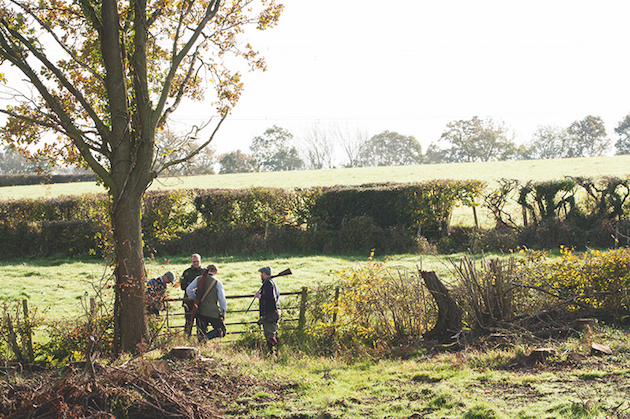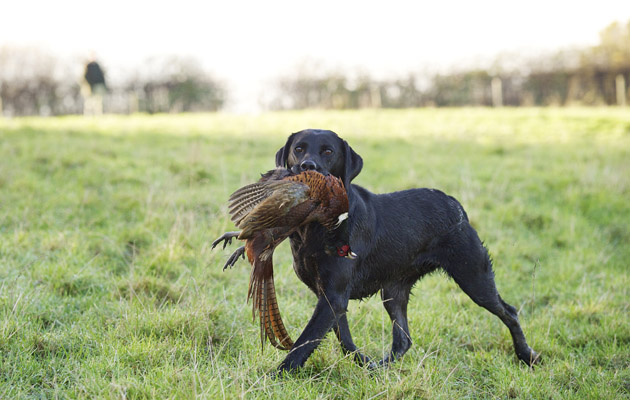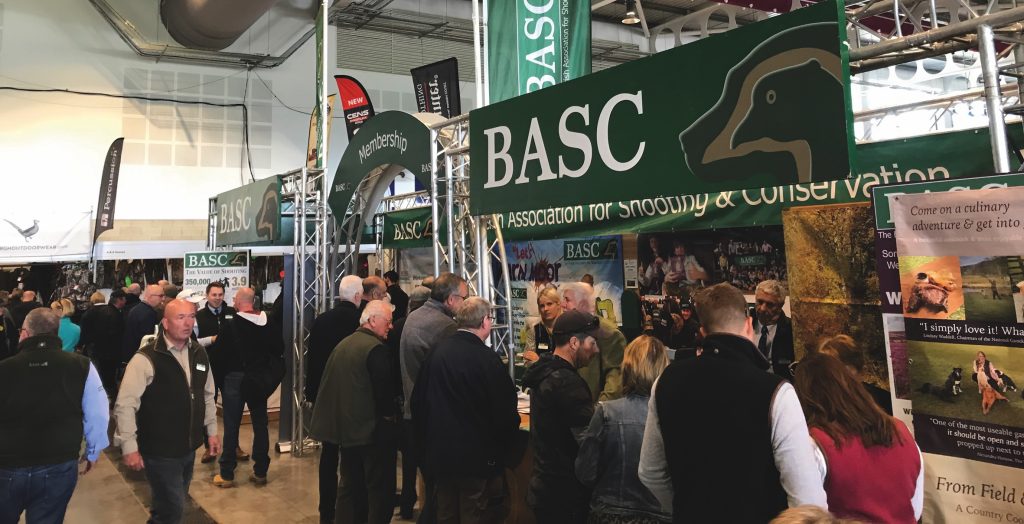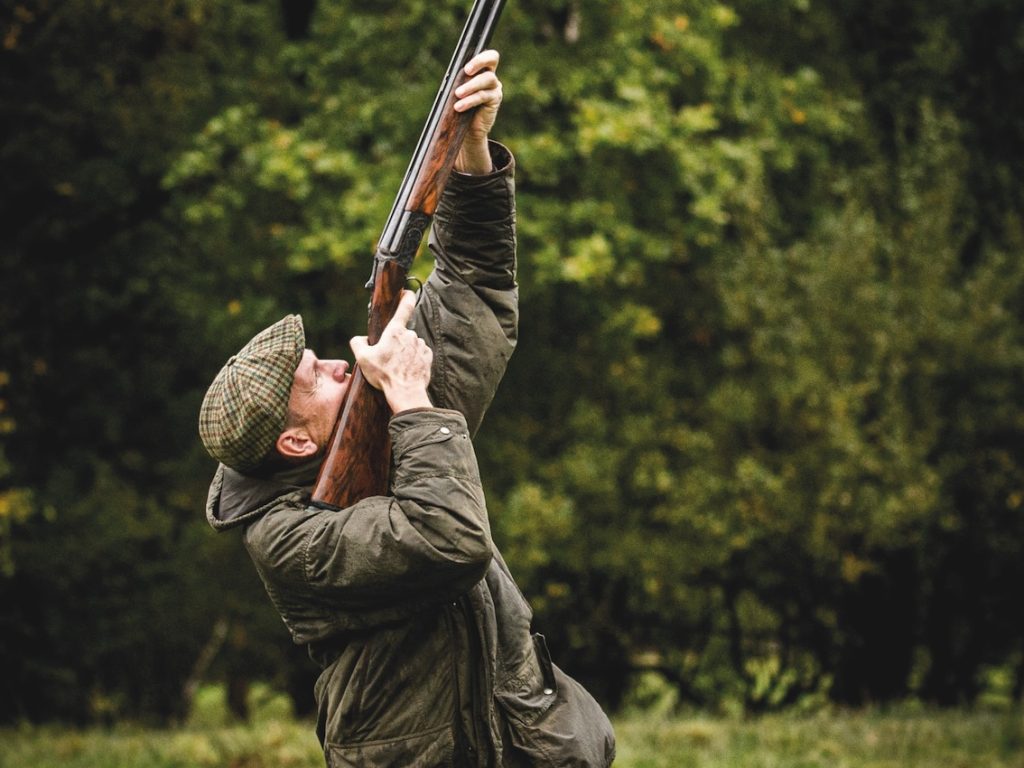Have you been invited shooting for the first time this season? Worried about shooting manners for beginners? Here are the…
Win CENS ProFlex DX5 earplugs worth £1,149 – enter here
How much should you tip on a shoot?
 General scene on the shoot
General scene on the shoot
One of the few grisly moments in shooting occurs in the car park after the last drive. Two or three Guns will huddle like forlorn rooks, discussing “the tip”. What to pay? Too much and it makes the other Guns look stingy; too little and it’s you that ends up with a reputation as a tightwad.
The naive believe this does not happen, that the bundle of folding stuff is lost among the general plethora of banknotes. These innocents have never watched a keeper actually trouser the loot; there’s a reason their tweeds have so many pockets — it allows them to know exactly who has given what.
The usual basis for the Guns’ calculations is the size of bag — but this is simplistic. A tip should reflect the sport shown and the effort and skill involved in achieving that. So, wild-bird shoots command a higher tip than a reared-bird affair. To achieve that harvestable surplus the keepering staff will have put in months of intensive predator control at anti-social hours. They will then need the skill to drive wild birds over the Guns. And the keepers’ fortunes are subject to the vagaries of weather: in a good wild-bird year they might have dozens of shooting days and be tipped accordingly; but in a wet and cold year, they might only hold a handful, though they have carried out the same eye-reddening vermin work.
Size is not important
Bag size on reared shoots is also a shaky barometer. Take a full-blown commercial shoot with topography that makes showing high birds relatively easy. Such shoots are usually keepered by men at the top of their profession and a high degree of organisational ability is required to meet the expectations of the Guns, all of whom will have paid handsomely to be on those pegs, but some of whom might well lack the fundamental requirement to “make the bag”, ie put the barrels in the right place. It must be heartbreaking to watch squadrons of decent birds fly on unscathed and to have to keep on pushing them over until the “right” figure is reached.
On the other hand, a small-scale shoot has a limited number of birds to release and a keeper who has preserved them carefully and ensured that Guns have a consistent season of, say, 70-bird days, should not be penalised because the bag is small. If he has put on a proper sporting day, within his economic strictures, he should be rewarded accordingly.
The key phrase is “proper sporting day” — but what do we do when it’s not? Two seasons ago I was on a really awful shoot. The drives were only capable of taking six Guns but the syndicate had been extended to nine, to reduce costs. As a result, three of the Guns on every drive had as much chance of shooting a woolly mammoth as connecting with a pheasant. To worsen the situation, the syndicate had chosen a ridiculous numbering system: once you’d drawn an outside peg you stayed there for the rest of the day. None of this was the keeper’s fault. But the dire manner in which he showed the birds was entirely his own.
On two drives we watched his lack of control over the beaters, allowing the birds to trickle to the edge of the covert, see the Guns, and then barrel back between the A-road gaps between the beating line. On a third, he spent 45 minutes blanking-into a piece of maize cover while the Guns stood in a January drizzle. He had no concept, however, of creating a flushing point, either with a break in the covercrop or by using sewelling. As a result, the birds just kept on walking towards the Guns until, after an hour of soaking, the Guns watched scores of birds fly over at head height after they’d been finally pushed up by two errant springers belonging to the beaters. The right tip, in these circumstances was surely “Have you tried another job?”
Peg it
It’s also hard to be forthcoming with the readies when the keepers peg the Guns together too tightly or stick to the pegs regardless of weather and season. Shoving the Guns within spitting distance of each other means shared birds become inevitable, something that ruins my sporting day and that of many others.
The second sin, the fixing of pegs with Sphinx-like immutability, leads to inevitable problems when the wind is adverse or the birds have learned, late in the season, not to cross the line. I have lost count of the number of times I have seen birds sail over a good 200 yards west of number eight due to a change of wind, an outcome that was as obvious and predictable as the full moon’s rising, but which nothing was done to remedy. Similarly, I could have read War and Peace throughout on the hours I’ve watched January birds break back over woods while the Guns remain dutifully anchored and cold barrelled to the pegs placed in late October. Following such episodes it’s not uncommon for the keeper to say at the end of the day, “I’m sorry the wind was a bit awkward today, sir” and sometimes it’s true: the drives were laid out in a manner that meant he was left with little option but to carry on regardless and make the best of trying conditions. But if a keeper has done his utmost to put the birds over the Guns by shifting the pegs to the day’s conditions then we should also bear that in mind, even if it didn’t work out.
Keeper’s tip is a personal decision
Ray Leake from Adelaide writes: Having recently spent a mostly enjoyable 10 days’ shooting in the UK, which I do every year, I…
Another factor that determines a “proper sporting day” is the keeper’s attitude. Several of my greatest friends are in the profession and they are at pains to make every Gun feel welcome and part of a joint endeavour, in which the Guns, the beaters, the pickers-up and the keepers form the whole. They are natural leaders who work with their teams with authority and cheerfulness and do not make the Guns feel that they are just another bunch to be processed through, only to be noticed when it’s time to collect the readies. The really great keepers also somehow find time to talk to everyone, even though they have to handle the intricacies of delivering sport, sometimes in the most trying conditions.
Tipping is a complicated business. What that sum should be, I leave to others, but the more we understand the challenges faced by keepers, and how some do or do not rise to them, the less we need to ask the question in the first place.
Related Articles
Get the latest news delivered direct to your door
Subscribe to Shooting Times & Country
Discover the ultimate companion for field sports enthusiasts with Shooting Times & Country Magazine, the UK’s leading weekly publication that has been at the forefront of shooting culture since 1882. Subscribers gain access to expert tips, comprehensive gear reviews, seasonal advice and a vibrant community of like-minded shooters.
Save on shop price when you subscribe with weekly issues featuring in-depth articles on gundog training, exclusive member offers and access to the digital back issue library. A Shooting Times & Country subscription is more than a magazine, don’t just read about the countryside; immerse yourself in its most authoritative and engaging publication.








